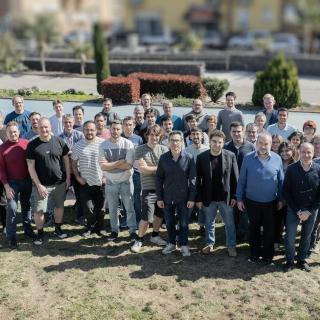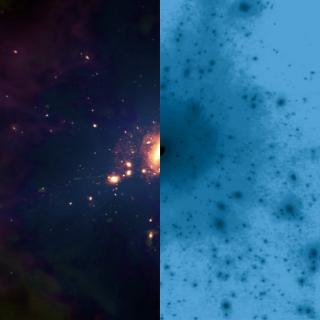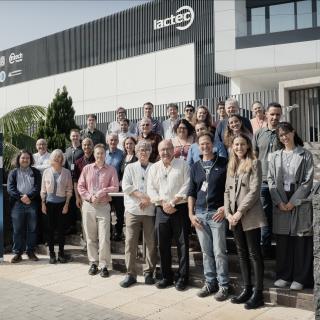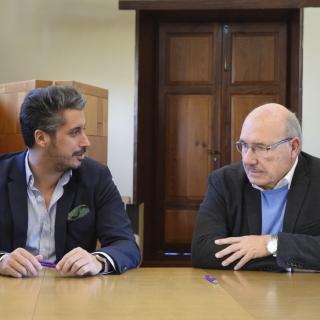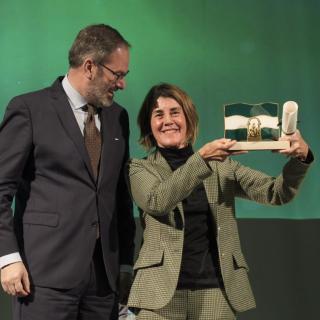
The deputy director of the Instituto de Astrofísica de Canarias (IAC), Casiana Muñoz Tuñón, has been awarded the Bandera de Andalucía prize in the category of Research, Science and Health for her career. The astrophysicist received this award at an official ceremony held at the Teatro Góngora in Córdoba as part of the Andalusia Day celebrations. Casiana Muñoz is from Córdoba and has been working at the IAC since 1984, where she has held the position of deputy director since 2019. Her research role has spanned several decades on four continents, with more than 155 articles published in
Advertised on
